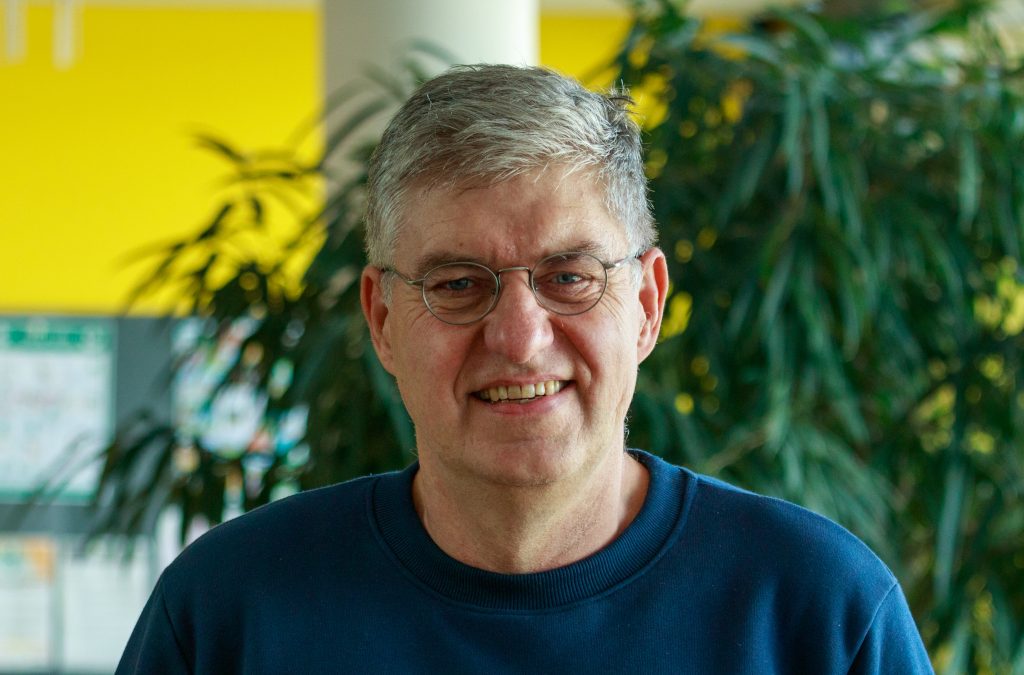With a solid career in behavioral ecology and biodiversity conservation, Dr. Reinhard Klenke is one of the most authoritative voices in studying human impact on urban wildlife. A researcher at the German Centre for Integrative Biodiversity Research (iDiv) and scientist at iDiv and affiliated to the Department of Geobotany and Botanical Garden at Martin Luther University Halle-Wittenberg, Klenke has led numerous studies on the effects of noise and artificial light on ecosystems.
He is currently a key figure in our European project PLAN-B (The Path Towards Addressing Adverse Impacts of Light and Noise Pollution on Terrestrial Biodiversity and Ecosystems), where he actively contributes to the development of tools and policy proposals to mitigate light and noise pollution in european ecosystems. In this interview, Klenke invites us to look beyond visible light to understand how this form of pollution profoundly alters the lives of birds, insects—and our own.
The interview was published by Kreuzer Leipzig as part of its coverage of the Leipzig Nature Conservation Week, where light pollution was a central theme. Dr. Klenke was invited to share his expert insights due to his active role in local biodiversity research and his involvement in events raising public awareness about the ecological impact of artificial lighting.
The interview was originally published on May 19th 2025, conducted by Shannin Mohammed. Foto: Stefan Bernhardt/iDiv
We have translated the interview into English to make it easier to read and understand. Here you have the original interview In German.
“Switch Off the Lights!”
Biologist Reinhard Klenke explains how artificial light disrupts our environment
A key focus of the Leipzig Nature Conservation Week, commencing this Monday, is light pollution. While well-lit streets and brightly illuminated interiors offer comfort to humans, they have significant consequences for many animals, plants, and even our own health. Reinhard Klenke, a biologist at Martin Luther University Halle-Wittenberg and researcher at the German Centre for Integrative Biodiversity Research (iDiv), asserts: There exists an “invisible parallel world” right beside us—one that artificial light severely disrupts. In conversation with the researcher, it becomes evident that light pollution is an underestimated environmental threat.
What do we understand by light pollution?
Light pollution refers to any artificial light occurring at times or in places where natural darkness would prevail. This primarily concerns artificial lighting at night—experts also refer to it as Artificial Light at Night (ALAN). Often overlooked is that light is an environmental factor influencing organisms just as noise or chemicals do.
Why is this a problem?
Light affects biological rhythms. Animals, plants—and humans—orient themselves according to the natural sequence of day and night. Disruption of this rhythm can have far-reaching consequences: disturbed sleep, increased cancer risk, disorientation in animals, or altered behaviors in insects and birds.
Since when has this phenomenon been known?
Over 120 years ago, astronomers observed that stars are scarcely visible in cities. The stars vanish in urban light—a early indication of emerging light pollution.
How does light specifically affect animals?
A classic example is lighthouses: birds circle them on dark nights and often collide with the tower. They expend energy, get injured—or die. Insects also spiral around lamps—not because the light attracts them, but because they use it for orientation. The bright point outshines the moon, which many species have evolutionarily used for navigation.
How does artificial light affect our bodies?
Our day-night rhythm is governed by internal and external clocks. A central role is played by the hormone melatonin, which is released in darkness. Melatonin acts as an internal pacemaker and has a fundamental protective function—it helps repair cell damage caused by sun exposure.
What happens when we turn on lights in the evening?
Even minimal light exposure can interrupt melatonin secretion. The result: fewer nighttime repair mechanisms in the body—and potentially an increased risk of diseases, such as cancer. Late-night light not only disrupts sleep but also cellular health.
What has your research in Leipzig revealed?
The blackbird was an ideal study subject: it inhabits both urban centers and natural areas like Leipzig’s floodplain forest. Typically, it begins singing about 55 minutes before sunrise. In the city, however, it starts up to five hours earlier—due to light and noise.
What are the consequences?
Light induces a twilight state in animals during the night. The first tram then acts like an alarm clock. Animals wake earlier, are active longer—this consumes energy and alters behavior. Whether this makes them more successful or leads them into an ecological trap remains unclear—due to insufficient research funding.
How are other species affected?
Many insects, birds—and even plants—are sensitive. Yellow flowers appear monochromatic to us, but bees perceive patterns in UV light that guide them to nectar. Artificial light alters or destroys these signals.
What are we unaware of?
Our sensory perception is limited—many animals see UV light, hear infra- or ultrasound, or sense magnetic fields. Thus, there’s truly an invisible parallel world beside us—and artificial light disrupts this delicate system.
Are there laws against light pollution?
Noise has protection plans—in contrast, light mostly has recommendations. Some cities, like Erfurt, have developed regulations specifying where and how much light is permissible. In the Horizon Europe research project PLAN-B, which examines the impacts of light and noise on biodiversity, we are currently developing concrete proposals for legal regulations on light pollution.
What are sensible measures?
Use light only where necessary. Direct lighting to minimize scatter. A round outdoor lamp may look appealing but is ecologically detrimental—it emits light in all directions. Choose warm light colors (yellowish instead of blue-white). Implement time controls via motion sensors or timers. The best thing for your body: get sunlight during the day—and switch off the lights at night!
For more information on the Leipzig Nature Conservation Week, please refer to the event program.

